
by California Casualty | Homeowners Insurance Info |
It’s time to make a move. Perhaps you landed that new job and you’re looking to live closer to work. Maybe you’re finally getting that extra square footage—and the backyard—you’ve always wanted. Or maybe you’re downsizing to a smaller rental. Moving is a fact of life. According to the U.S. census, Americans will move approximately 11.7 times during their lifetime.
But the big question is, will you do it yourself? Or will you hire movers? Here’s some guidance so that you can decide.
Moving Comparison At-a-Glance
| Do-It-Yourself |
Hybrid |
Moving Companies |
| Most affordable |
Affordable |
Most expensive |
| Time-consuming |
Time-consuming |
Least time needed |
| Need help from family, friends |
Don’t necessarily need help |
No help needed |
| Risk of injury, risk of lost or damaged goods |
Risk of injury, risk of lost or damaged goods |
Risk of lost or damaged goods |
Do-It-Yourself Moves
You’re strong and capable. You handle a lot of tough tasks in your life. Why not a move? Do-it-yourself, or DIY, moves are popular because they’re generally less expensive and we all want to save money. If you’re thinking about a DIY move, consider what’s involved in this type of move:
-
- You will need time in your schedule. If you don’t have enough time, this type of move is not for you.
- You will have to do all the organization and packing.
- You will likely need help from friends and family on the actual move day if not before.
- You will likely need to rent and drive a moving van or truck. You will have to pay for fuel and tolls.
- Factor in the time you will need to take off of work when you are moving yourself.
Hybrid Options
You don’t have to choose between a DIY move or a moving company. There are options that feature the best of both.
-
- Consider paying for labor to help with loading and unloading. Many truck rental companies offer add-ons of labor help. That way, you can do a DIY move with help.
- You can rent a portable moving container. In this type of move, a company drops the container or pod at your property. You load it up, and the company moves it to the new location, where you unload it.
Moving Companies
If you don’t have the time, or if you have a large move to make, hiring a moving company makes sense. Professional movers don’t just do the heavy lifting. They make moving less stressful and more efficient. But their services come at a cost. There are several factors that go into a moving company’s cost estimate:
-
- The size and weight of your belongings
- The travel distance, mileage and fuel, and time
- Packing and moving supplies if the company is contracted to handle those
- The moving date (Generally, moves done mid-month and midweek offer the best discounts).
What To Consider
Get a written cost estimate from your prospective mover. (We recommend getting at least three cost estimates from three different providers.) Make sure that the mover you choose is licensed and insured. Read the agreement carefully, including the small type, to ensure that there will be no surprises. Beware of moving companies who provide estimates for your move without visiting your home and taking an inventory of your belongings. Watch for movers who ask for cash or a large deposit before the move. You should only pay on delivery.
Most renters and home insurance policies will not cover your belongings while they are being moved. The moving company will offer liability and valuation coverage. You may decide to purchase additional moving insurance from a third-party provider. If you’re considering an interstate move, learn your rights and responsibilities as outlined by the Federal Motor Carrier Safety Administration.
Do you need to tip your movers?
Yes, it’s standard practice to tip each person who is moving you. Consumer Affairs recommends tipping 15% to 20% for long-distance or large moves. You can tip less, 5% to 10% for shorter, closer moves. This amount is split among the moving crew, so if your move costs $2,000 and you’re just going across town, plan to tip about $200 total.
How to Cut Costs and Save Time on Your Move
-
- Hiring a mover? Ask if there are cheaper dates and times to move.
- Downsize before moving. Donate or sell items that you no longer need or want. That way, you’ll have less to move.
- Use the buckets, baskets, clean trash cans, and suitcases that you need to move anyway to store items that you want to move. Use blankets and towels, in the same way, to protect and cushion breakables.
Be safe when looking at ways to cut your moving costs. You will often find websites offering helpful tools for moving such as moving cost calculators that require you to enter your information to get the link. What they neglect to tell you is that they will be sharing your information with moving companies. You will start to get calls immediately from dozens of companies trying to sell you services. Think twice about entering your information online.
Don’t Forget!
Whether you’re moving from a rental or you own a home, there are apps that can help you to organize your move and take away some stress. Here are some popular ones:
-
- MoveAdvisor
- Moved
- Dolly
- Unpackt
And if you’re moving because of work, your moving expenses may be tax-deductible! Keep your receipts and use IRS form 3903 to document your move when you file your taxes.
Here’s to the start of a wonderful adventure in your new home. Have a safe and successful move.
This article is furnished by California Casualty, providing auto and home insurance to educators, law enforcement officers, firefighters, and nurses. Get a quote at 1.866.704.8614 or www.calcas.com.
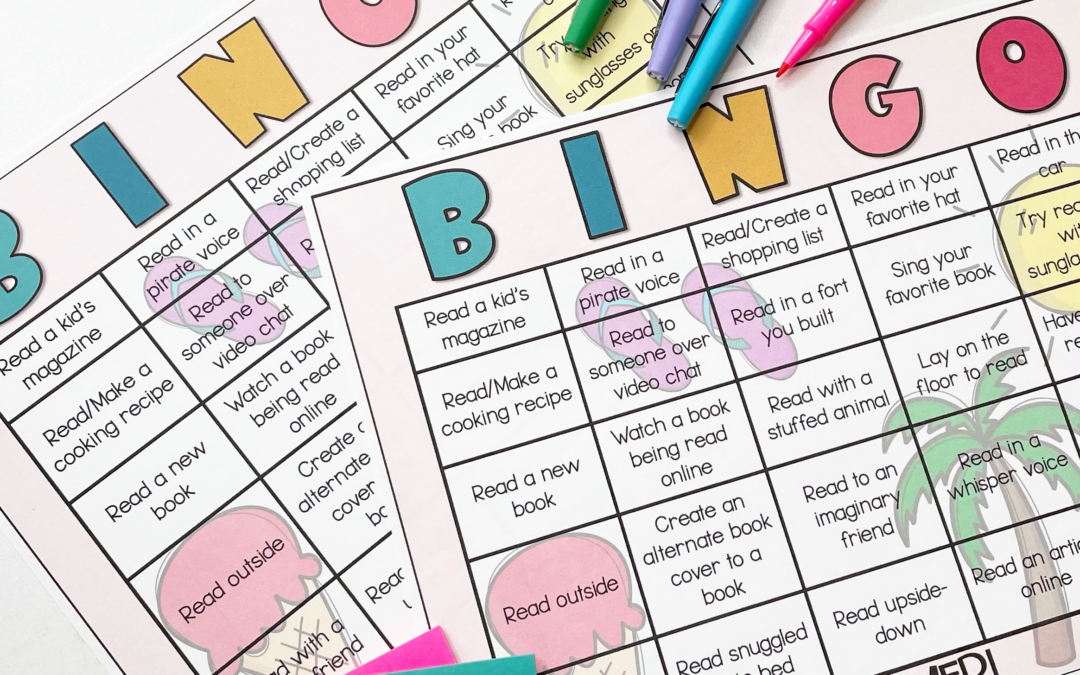
by California Casualty | Educators |
Written by Casey Keyser, MSEA Third Grade Teacher
Did you know that “Children who read at least 20 minutes a day are exposed to almost 2 million words per year”?
Let me say it louder so you can hear me… 2 million words! This is huge for the young developing mind, but having two or more months off from school makes this very difficult to maintain during summer break.
What can you do as an educator or parent to help close this reading gap?! The answer is simple… give them a ton of opportunities to pick up and book and make it FUN!
Make Reading Fun!
Whether you grab a flashlight, a stuffed animal (my students call them “stuffies”), or build a fort, you can engage in fun ways to get your child reading each and every day!
Reading should be something a child is interested in doing, not forced. You want to give them the opportunity to build a love for reading. During the school year, students are often made to read on a specific topic. Summer is a great opportunity to read topics that they are interested in, so they can discover a love for reading. To do that, you’ll need to find out what topics those are. Have them “taste” or try a wide range of different genres of books.
To help you out, I’ve created this Summer Reading BINGO that you can introduce to your students/children this summer! The challenge is for them to either complete as many boxes as possible or complete a BINGO (Vertical, Horizontal, Diagonal, postage stamp, or four corners).

(click to download!)
I encourage my students to complete their Summer BINGO over their summer break and then give them an opportunity to turn it in the first week of school to SPIN THE WHEEL!
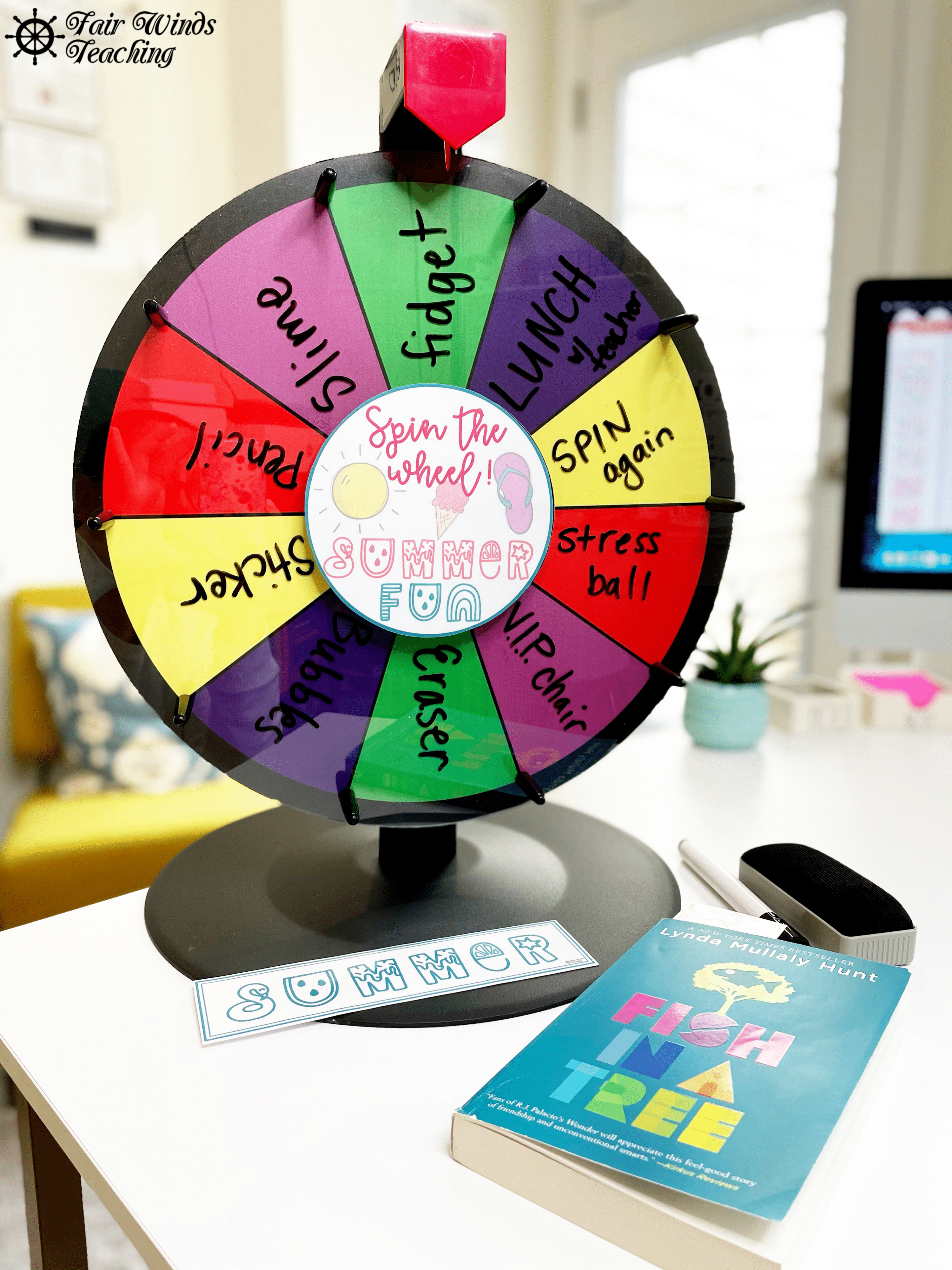
What’s the wheel!? Well, I live to make everything a game so I use my Prize Wheel to show what prizes they could win if they complete the BINGO sheet over the summer!
I use small prizes such as glitter slime, fidgets, lunch with the teacher, pencils, stickers, bubbles, stress balls, V.I.P. chair, chalk, and erasers. The pure joy of watching a student spin the wheel is worth it alone! If you would like to check these favorite classroom items out, check out my page of favorites here.
Engagement is KEY!
This prize wheel is from Amazon and I use it for so many different reasons. The middle section is a simple circle so I design different labels for each wheel spinning occasion. I created a Summer Fun prize wheel FREEBIE here, simply print and tape onto your wheel.
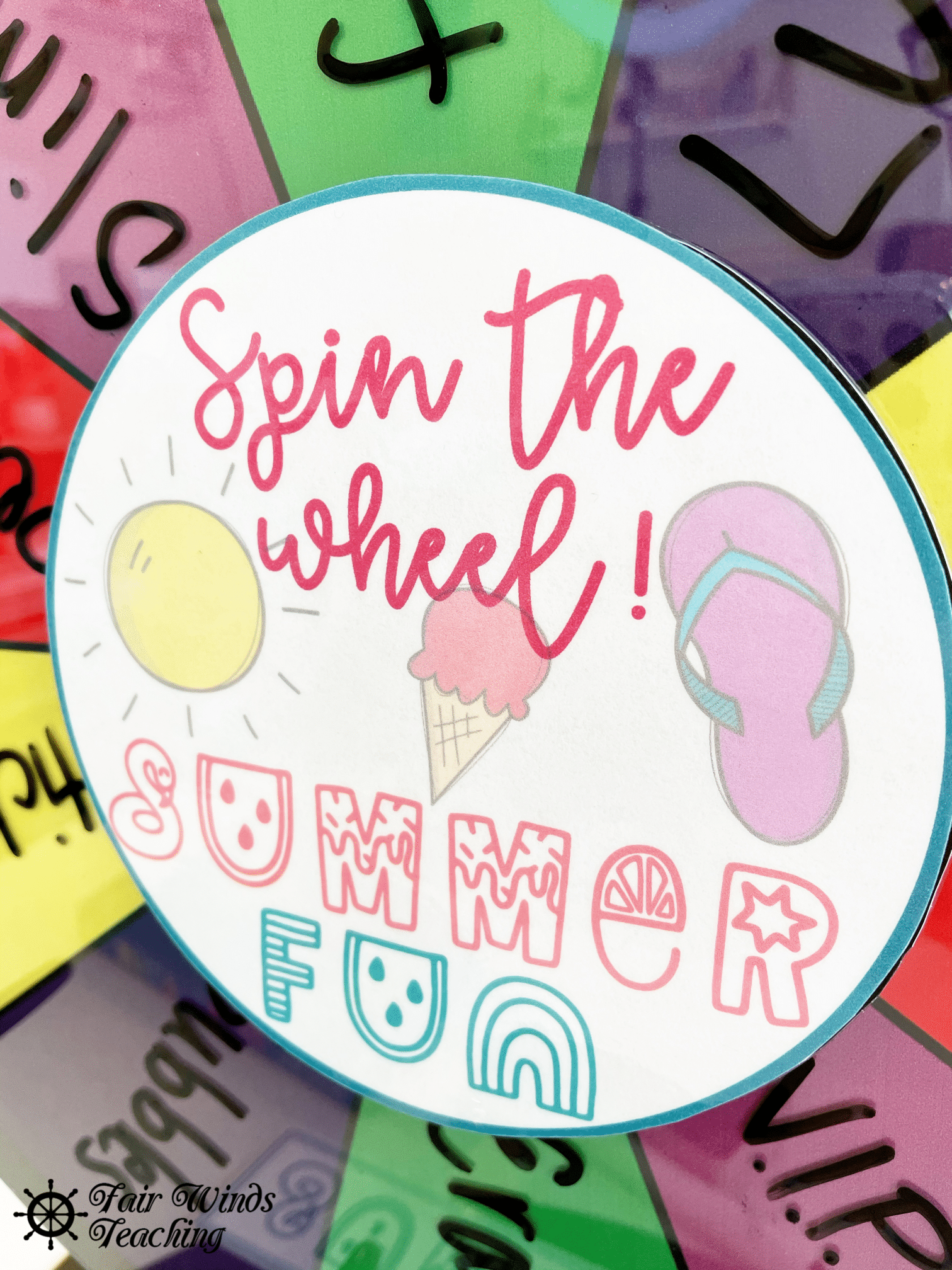
Don’t have a prize wheel yet? Check out my favorite two here.
Parents, you could also easily do this at home as well. If you don’t want to purchase a wheel, just put a list of prizes in a random generator like this one!
There are also other ways to excite your students with a summer full of reading…
-
- Free books
- Extra recess
- Eat outside with a blanket
- Ice cream or specials treat
- Just the pure enjoyment of the BINGO! (you don’t always have to have a prize)
I kick the Summer Reading BINGO off by giving each student a printed copy of the BINGO board, a Summer bookmark (BONUS FREEBIE), and a summer-themed chapter book they can keep!
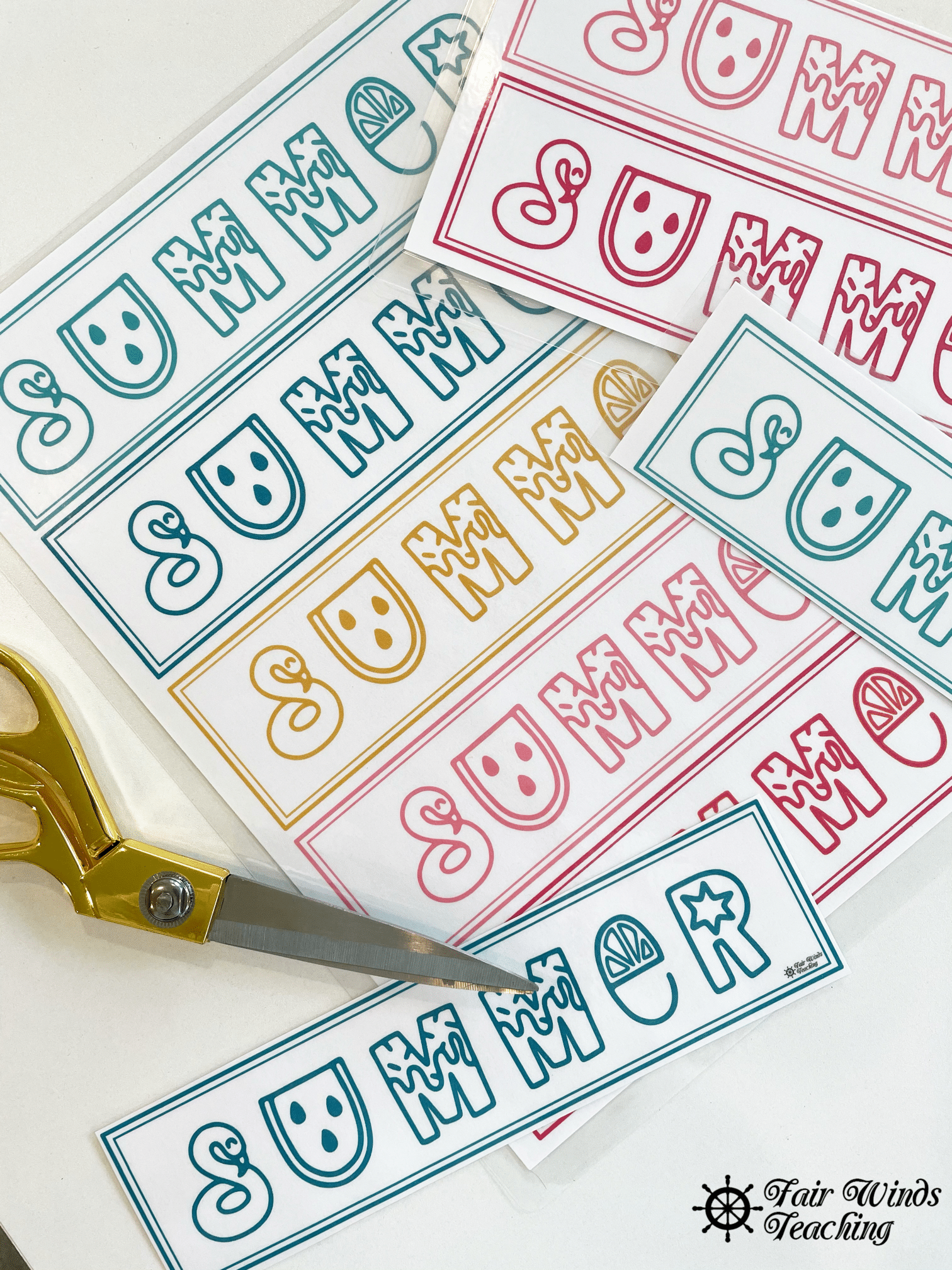
For books, I use Scholastic Book Clubs to buy the $1.00 books each year. This is a cheaper way to give your students a book on their reading level. If you have not signed up for Scholastic Books Club yet, use this code (00091 – Casey Keyser – 2473029383) to earn an Extra 250 Bonus Points to redeem for FREE books!

I have also gone through my own classroom library books and weeded out ones that I can give away. This allows my students to pick their own book to take home.
Preparing our Students for Summer at Home
My class then discusses ways to be able to access FREE books from the local library and school and how to read books online for FREE.
Here are some of my favorite online book websites!
-
- Epic Books! – Unlimited access to hundreds of high-quality kids read-along books.
- Capstone Reading – The perfect Capstone Interactive eBook is waiting for you! Choose from different subjects, genres, and levels to find just the right book.
- Vooks – Vooks is a streaming service for kids, where storybooks come to life!
- Noggin – Noggin’s ever-expanding library of downloadable eBooks feature your kids’ favorite Nickelodeon stars.
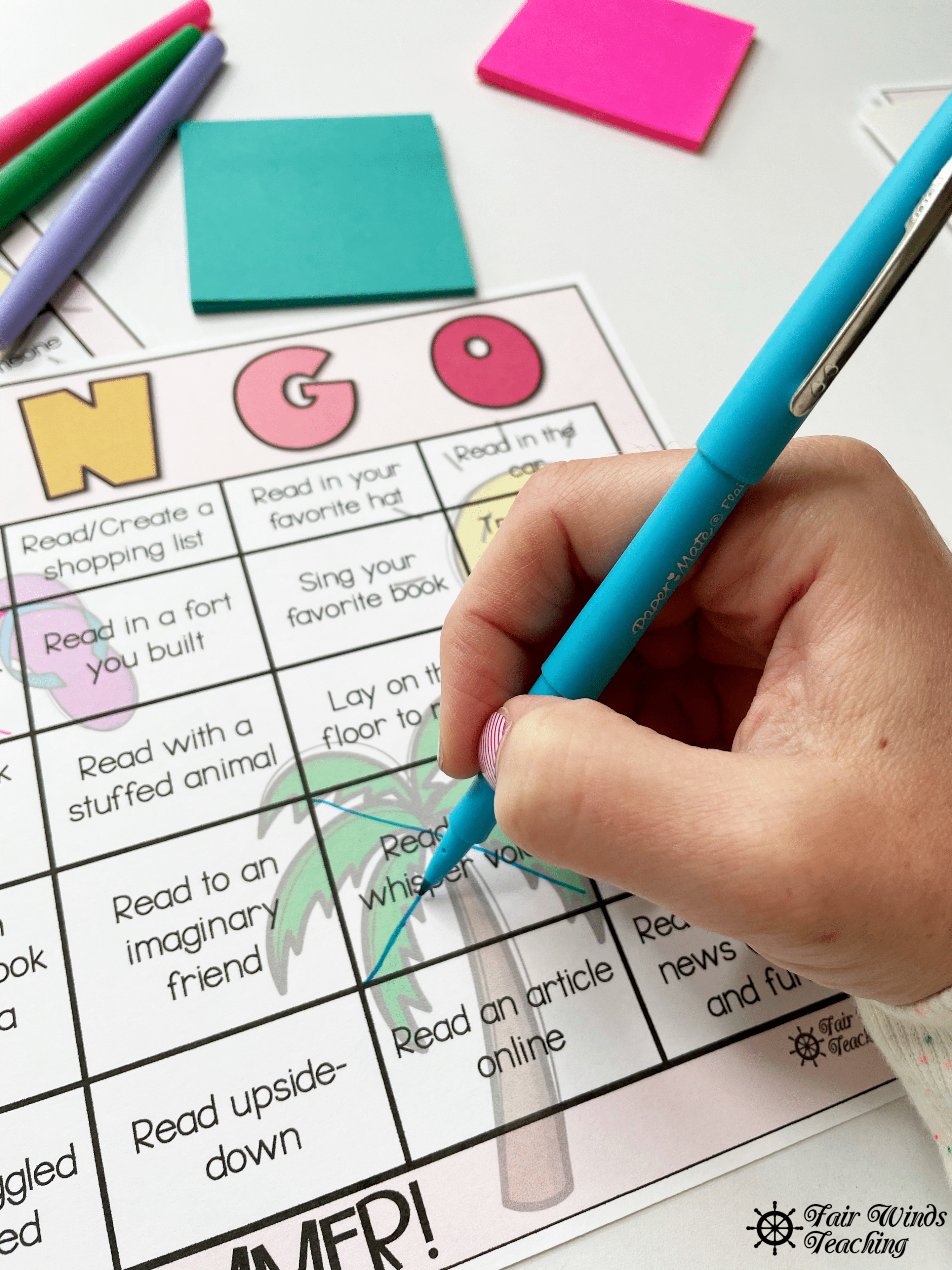
Time to get started; we cross off the first box together! This way all of my students get to start with one box already crossed off — it’s like a FREE space! You can pick any that work for your classroom but I do “Read on the Dark with a Flashlight.”
I have a class set of mini flashlights from Amazon and I have the students crawl under their desks and read in the dark with their flashlights for 20 minutes. It’s such a fun and peaceful way to get them excited about reading!
Summer Favorites
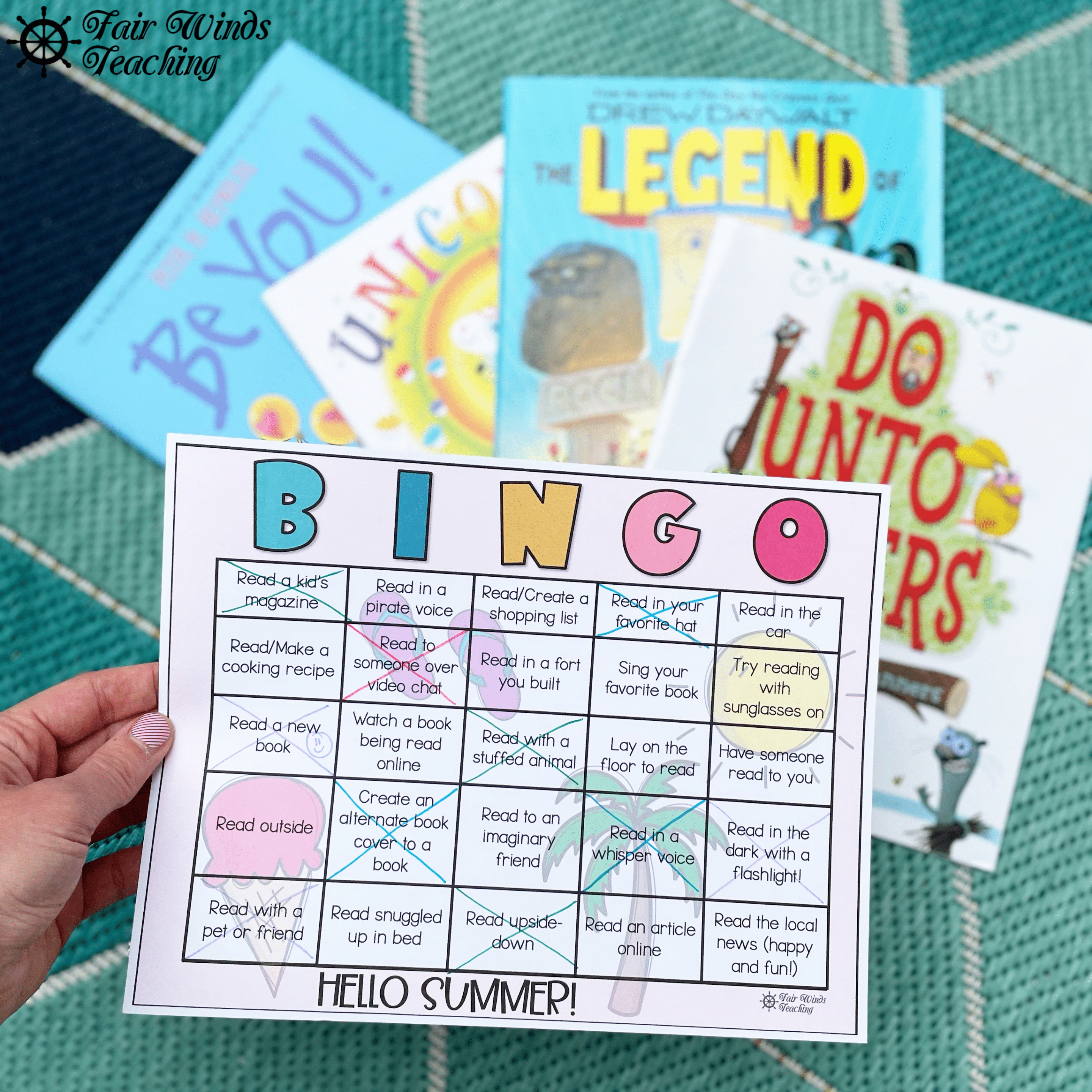
I love so many different books, but here are four of my favorite summer reads. I love to select and focus on books that are thought-provoking and entertaining. “Be You!” By: Peter H. Reynolds is a book about being all the things you were born to be. “Do Unto Otters”: A Book About Manners By: Laurie Keller is a book to remind students about manners and how to be a good friend and a good neighbor. “The Legend of Rock, Paper, Scissors” By: Drew Daywalt is a witty fun adventure about the classic game Rock, Paper, Scissors. I always challenge my students in a battle of this game and it’s a great time to review the rules of playing fair. Lastly, I love the book, “Unicorn Thinks He’s Pretty Great” By: Bob Shea. This book is about a goat who thinks he wants to be a unicorn. Join him on his adventure to discover himself and why he is great himself.
Helping your students or children find a love of reading is so very important, for more blog posts on Summer fun, head over to Fair Winds Teaching.
Thanks for reading!
– Casey Keyser
Other Favorite Summer Products
Summer Minute to Win It challenge – Grab a one-minute timer and have some fun. Includes the directions and materials needed to play 13 different Summer/ End of School themed Minute to Win it games! Living those summer vibes! Use this digitally, at summer school, during the summer with your own kids, or at school at the beginning of the year! Check out my YouTube channel here for 3 free games now!
Your Future’s so Bright Sunglasses – Grab a pair of sunglasses and print these labels for a great end-of-the-year gift!

Casey Keyser is a third-grade teacher at Butterfly Ridge Elementary in Frederick County, Maryland. She was recently recognized as the national winner of the NEA Foundation’s 2021 Teaching in Excellence Award. Casey is the proud owner of the Education Resource Blog, Fair Winds Teaching, and loves to connect with her education community through her TeacherPayTeacher’s business.
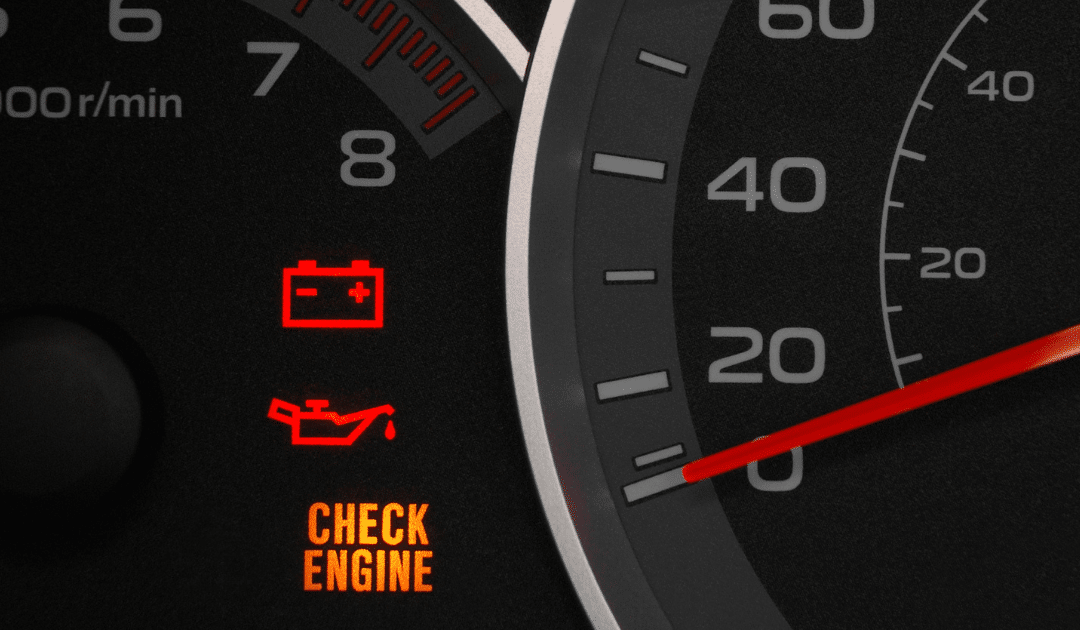
by California Casualty | Auto Insurance Info |
You let them get their license, and you’ve handed over the keys. But are they truly ready?
Sure, you set rules for when they drive, where they go, and who rides with them. You also taught them the dangers of distracted driving. But, have you taught them about the 3,000lb piece of machinery that they are now handling?
Driving responsibility doesn’t stop with passing the driver’s test, turning down the radio, adjusting the mirrors, and using the turn signals. Before they get behind the wheel, young drivers should know basic vehicle care, maintenance, and warning signs.
Wiper blades and washer fluids – if they can’t see where they are going, how will they get there safely? Get your young driver in the habit of checking their wiper blades and washer fluid levels. There are super easy fixes to help correct wiper blade problems. And be sure they also know how to refill washer fluid (where it goes and what product to use).
Lights – it’s important to always have clean headlights and working rear lights, brake lights, turn signals and reverse lights. These are the ways other drivers know what actions to expect from your teen’s vehicle. Show your teen how to check them regularly. Remind them of the importance of properly functioning lights. Teach them how to change them or how they can contact the dealership to have them changed by a technician.
Tire pressure, tread, and rotation – show your teen driver where the PSI rate is listed on the sticker of the driver’s door jam. Teach them how to check their tire pressure. Show them how to fill their tires with air or reach out to the dealership if they need more nitrogen. Be sure to explain that tire pressure can change with cooler and warmer weather, so it’s smarter to check more often. Show them, the quarter test, not the penny test to check tire tread. Explain the importance of tire rotations to help tires wear evenly. Share with them the notion that rotating and balancing tires should be done on a routine schedule that makes the most of their tire investment.
Check fluids and change the oil – have your young driver get in the habit of checking their oil levels, brake fluid, antifreeze, and transmission fluid. Explain what products go where and how to maintain the right levels as needed. Teach them how to change their oil, or how often to schedule an oil change on a regular basis.
A car battery can fail at any time, but there are usually warning signs. If new drivers know how they function and what the signs are for replacement, then they can be more proactive when a new battery is needed. A completely dead battery is a safety issue if they are stranded.
Knowing the dashboard warning lights can make a world of a difference for the safety of your young driver and their passengers. There are 15 common warning lights on your dashboard that hold significant meaning. Have your new driver review them with you!
And in case of a roadside emergency, give your teen a list of contacts to call, do a run-through of how to change a tire, gift them an emergency roadside kit.
It’s a lot to digest, but the responsibility of becoming a driver is worth the time invested in sharing the knowledge above. It’s another layer of protection to keeping your driver safe.
Want more tips for teaching your young driver the rules on and off of the road? Click here for more teen driver safety tips and here for the driving experiences your teen needs.
This article is furnished by California Casualty, providing auto and home insurance to educators, law enforcement officers, firefighters, and nurses. Get a quote at 1.866.704.8614 or www.calcas.com.

by California Casualty | Auto Insurance Info |
No one likes getting cut off in traffic or the feeling of a tailgater trailing closely behind. When those feelings cross the line from irritation to retaliatory action, that’s road rage. Road rage, as most of us know, is significant anger and/or aggression directed toward one driver by another. It can be in the form of insults, gestures, physical attacks, and even dangerous driving maneuvers that can run you off the road.
Road rage is a form of distracted driving that can lead to collisions, injuries, and even death. Knowing how to keep your cool behind the wheel, and what to do if you are targeted by road rage, will help prevent accidents and bring you safely back home.
Road rage is more common than you think.
The majority of American drivers – almost 80 percent – admitted to aggressive driving or feelings of road rage in 2019, according to the AAA Foundation. The Foundation’s analysis of 10,000+ road rage incidents over 7 years revealed 12,610 injuries and 218 deaths. Road rage is a factor in more than half of all fatal collisions.
Know the causes of road rage.
There are many triggers for road rage. Most often, aggressive behavior stems from angry emotions that get out of hand due to situational circumstances, such as traffic conditions, or the driver’s own mental state.
-
- Road rage can be a habitual or learned behavior. Drivers may be in the habit of yelling at cars that cut them off. They may perceive the behavior as normal.
-
- Cars provide a layer of anonymity that makes it easy to “rage.” In road rage incidents, drivers do not see another person; they see a vehicle. As a result, they don’t think of the individual/family they will be affecting when they lash out at another driver.
-
- Drivers who “rage” may have a disregard for the law. They may be speeders and tailgaters, and have the perception that they are above the law.
-
- Traffic congestion and delays can cause road rage. Drivers who are running late are more likely to get upset during heavy traffic conditions.
-
- Distracted driving may prompt road rage. Drivers on their cell phones could contribute to road rage reactions when they don’t move as planned through traffic.
Know how to prevent road rage.
You don’t have to be an aggressive driver to experience road rage. It can happen to anyone! Here are some ways to stay cool behind the wheel.
-
- Make sure that you’re well-rested and ready to drive. Get enough sleep. Limit alcohol intake. If you’ll be traveling long distances, take time for regular stops to recharge.
-
- Leave plenty of time for your trip. Drivers who leave early are less likely to be stressed about traffic congestion or angry at other drivers who may delay the journey.
-
- Play soothing music. Set the mood for a relaxing trip with a soothing soundtrack.
-
- Don’t honk or yell. Raising your voice and honking your horn only serves to escalate a situation.
-
- Don’t tailgate. Leaving enough space between you and other cars helps prevent incidents that can lead to road rage.
-
- Remember to show some empathy. Everyone has a bad day now and again. Give your fellow driver the benefit of the doubt. He/she may not have meant to cut you off.
Know what to do If you’re a victim of road rage.
It can be frightening if you are the target of road rage. The most important thing to remember is to keep your cool, and follow these suggestions.
-
- Don’t return gestures. Don’t make eye contact. Engaging with an angry driver only escalates the potential for road rage. Keep your eyes on the road and, if possible, distance yourself from aggressive drivers.
-
- If you’re being tailgated, switch lanes. Try to move out of range of the other driver. Do not slam on the brakes to get them to back off. That tactic is dangerous.
-
- Stay behind an aggressive driver. Being in front of an aggressive driver puts you in their field of vision. Moving behind, and lengthening your distance, can help.
-
- Don’t pull over and stop. Unless you are stopping at a stoplight or stop sign, do not stop. Stopping your car is the precursor to engaging with the other driver—something that you do not want to do.
-
- If the harassment continues, pull into a police station. There may be times when you cannot shake the aggressive driver. In those cases, the best tactic is to head to the nearest police station.
Look out for road rage during these high-travel months.
Any time there is traffic and congestion on the roads is a time that could trigger road rage. The summer months, and especially August, have been shown to be prone to incidents of road rage. Similarly, holiday travel in December with its associated congestion, traffic delays, and inclement weather, can produce the conditions ripe for road rage.
Plan your travel accordingly and follow these tips to help keep you and your family safe.
Safe travels.
This article is furnished by California Casualty, providing auto and home insurance to educators, law enforcement officers, firefighters, and nurses. Get a quote at 1.866.704.8614 or www.calcas.com.
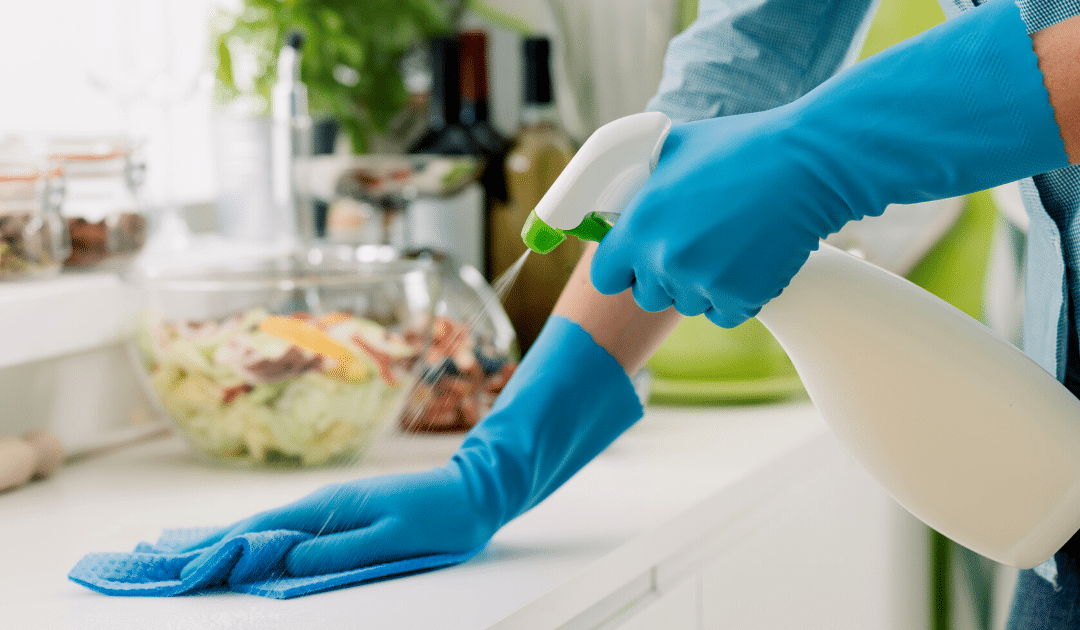
by California Casualty | Homeowners Insurance Info |
Have you heard the saying going around recently that “cleaning your house while everyone is home is like brushing your teeth while eating Oreos?” It’s so gross, but so true, especially when everyone is home together during the summer- living life and making messes.
These 5 quick cleaning hacks will help YOUR FAMILY get (and keep) your house clean.
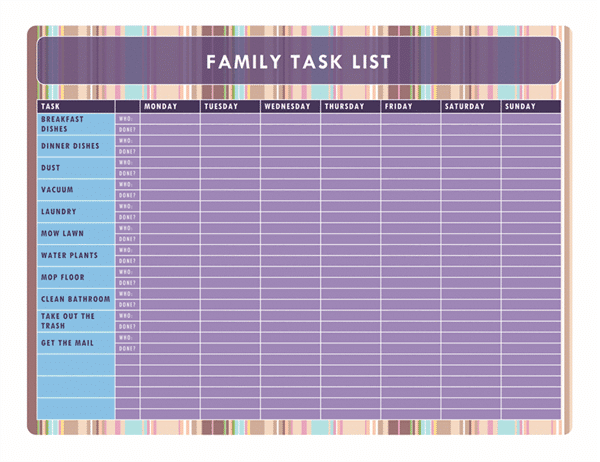
Make It a Team Effort
It’s time to assign chores. Everyone at home contributes to the mess, so each can be responsible for helping to clean it up. You can easily assign tasks to each family member (kids included) by using this age-appropriate chore list cheat sheet. You can get creative and write down the chores by person on a board piece of paper in plain view, or download an editable chore chart that you can print and hang.
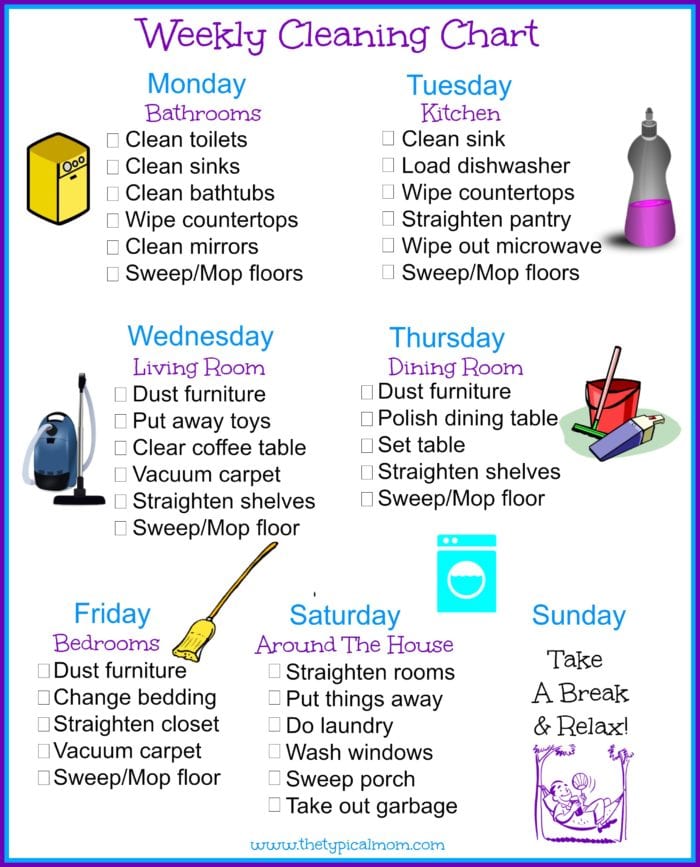
Get In the Habit
It’s all about muscle memory. If you create a daily cleaning schedule for all to follow, the assigned tasks are completed in less time than trying to tackle it all at once. Plus, the weekly schedule will help you stay on top of what needs to get done and avoid the procrastination that typically hinders our approach to housework. Another pro tip: make your bed every day.
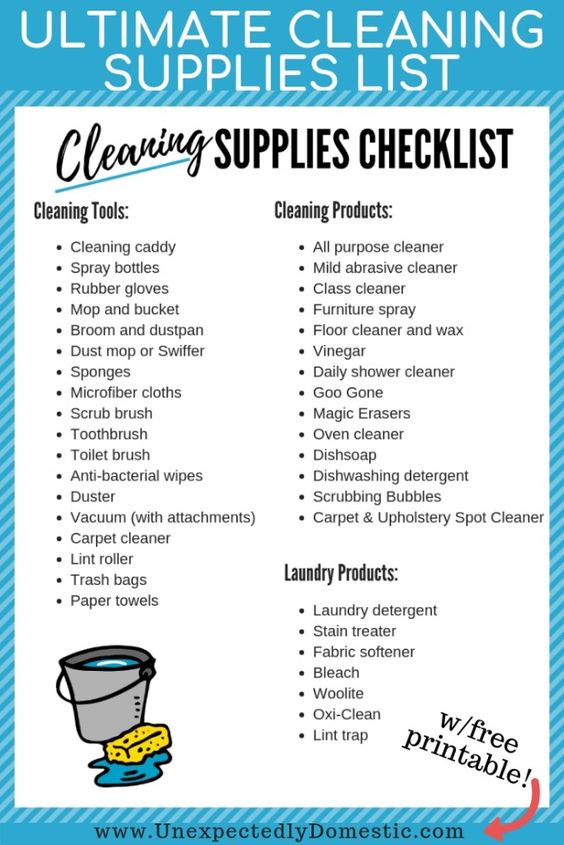
Have the Right Tools
Like any job, having the right tools (in good working condition!) will make getting the job done so much easier. A good vacuum (with attachments), microfiber cloths, a bucket and mop, and a cleaning caddy filled with your favorite cleaners are just a few of the housekeeping essentials recommended. Here’s a more detailed list of recommendations. You may want to test your options to select the right tools for your home.
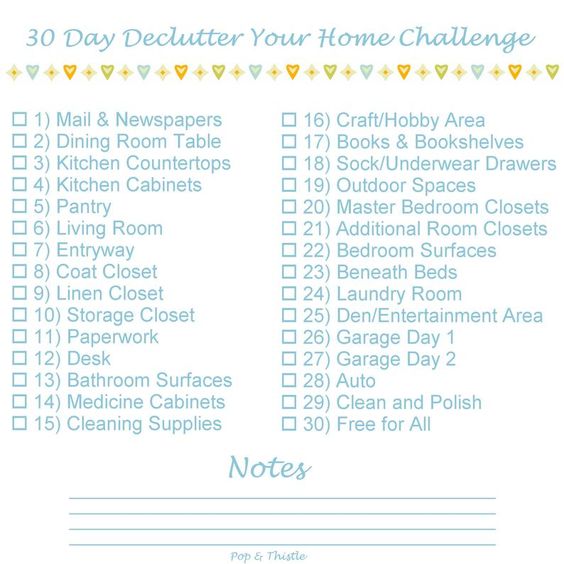
Pick Up, Pick Up, Pick Up
To keep your home clutter-free, it’s important that everything have a place. Putting things away immediately after use will save you time (since you won’t need to search for items), save you money (since you won’t need to replace items forgotten about or misplaced), and save you space. Here are other ideas to keeping your home clutter-free on a regular basis.
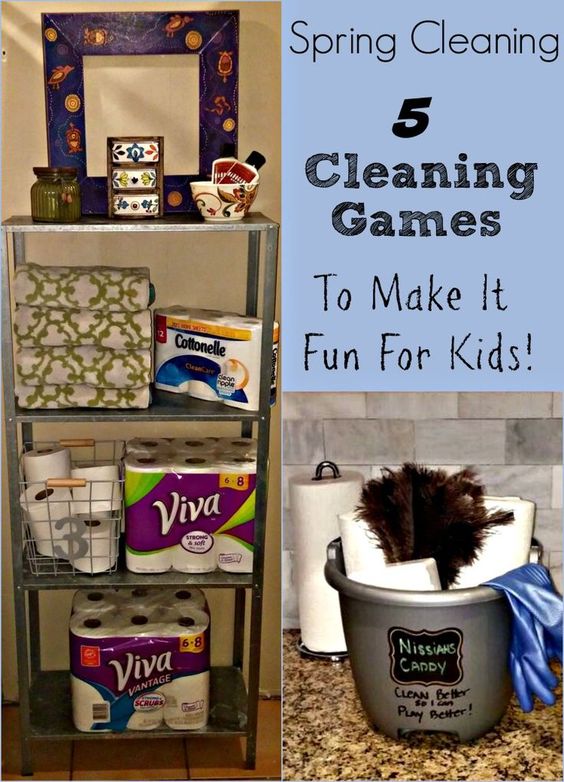
Stay Positive
Research tips and tricks that will make the chore of housekeeping seem more fun and less work. Simple things like playing music and creating family chore or cleaning games will keep everyone motivated. Positive reinforcement will go a long way. Let your loved ones know how much you appreciate their help.
Once you’ve had a chance to give these a try, let us know how they worked. And if you have additional tricks, tips, or recommendations, please share them with us as well. Housework is a way of life, but it doesn’t have to be such a chore! (pun intended)
This article is furnished by California Casualty, providing auto and home insurance to educators, law enforcement officers, firefighters, and nurses. Get a quote at 1.866.704.8614 or www.calcas.com.


















